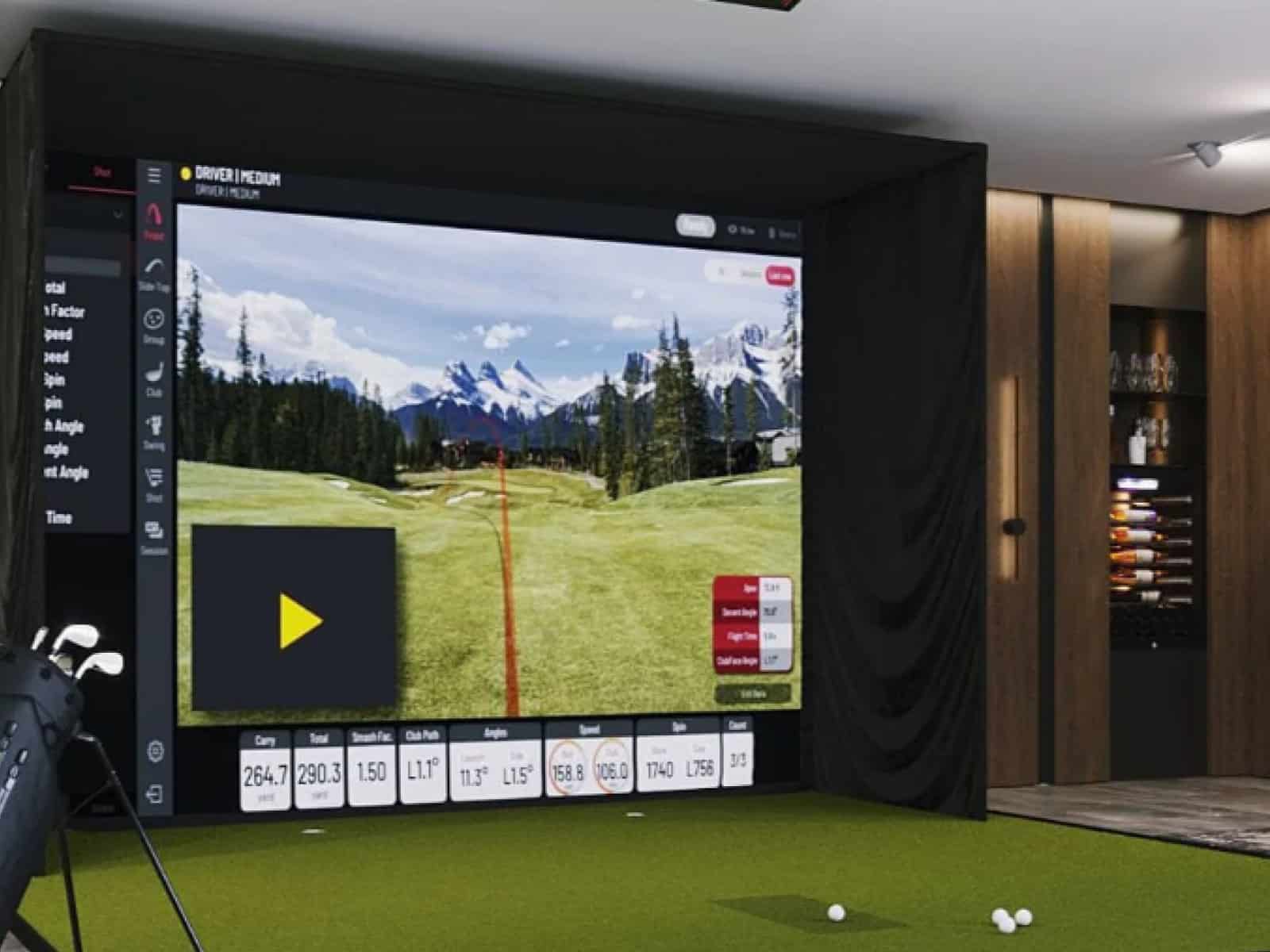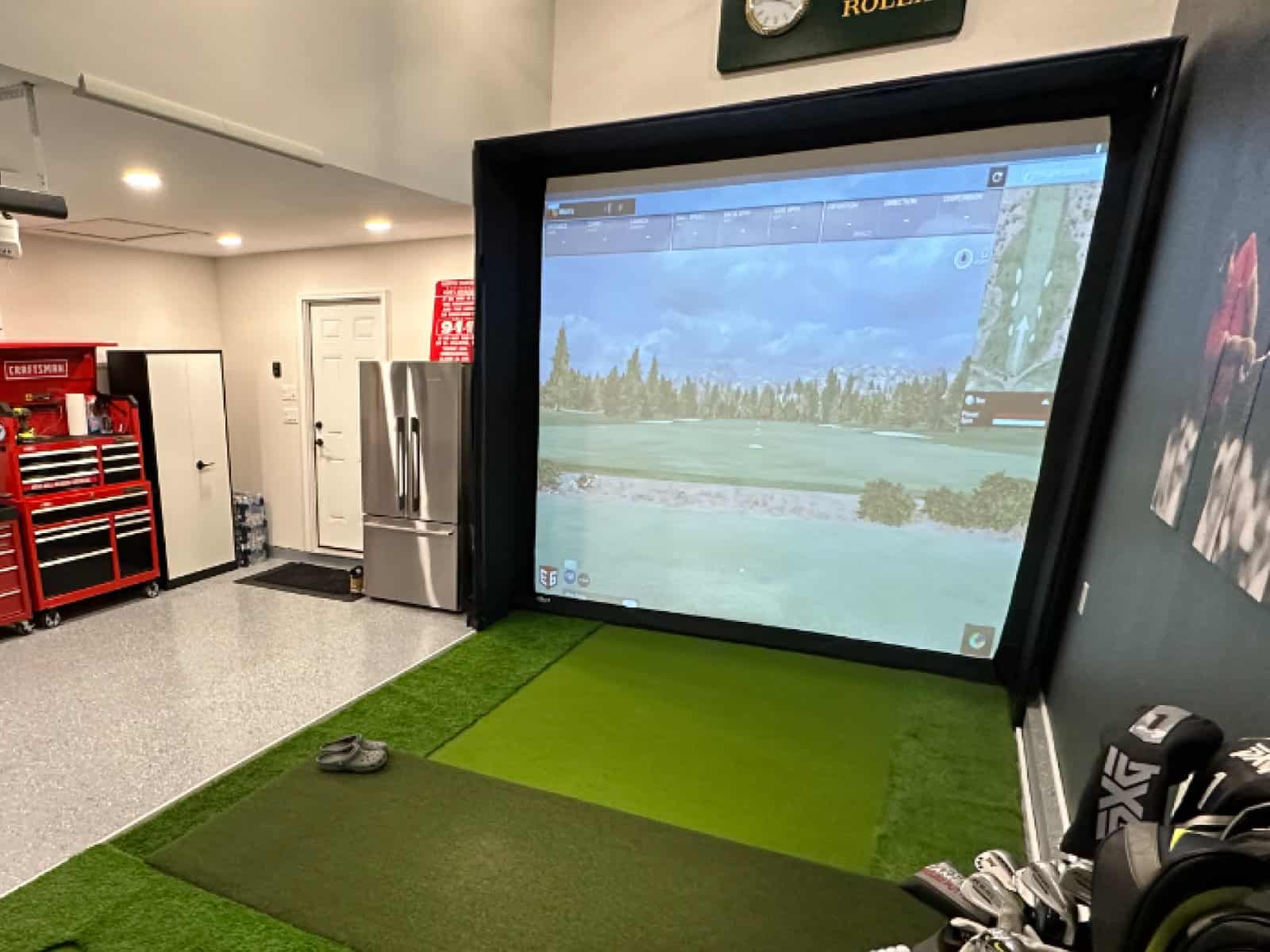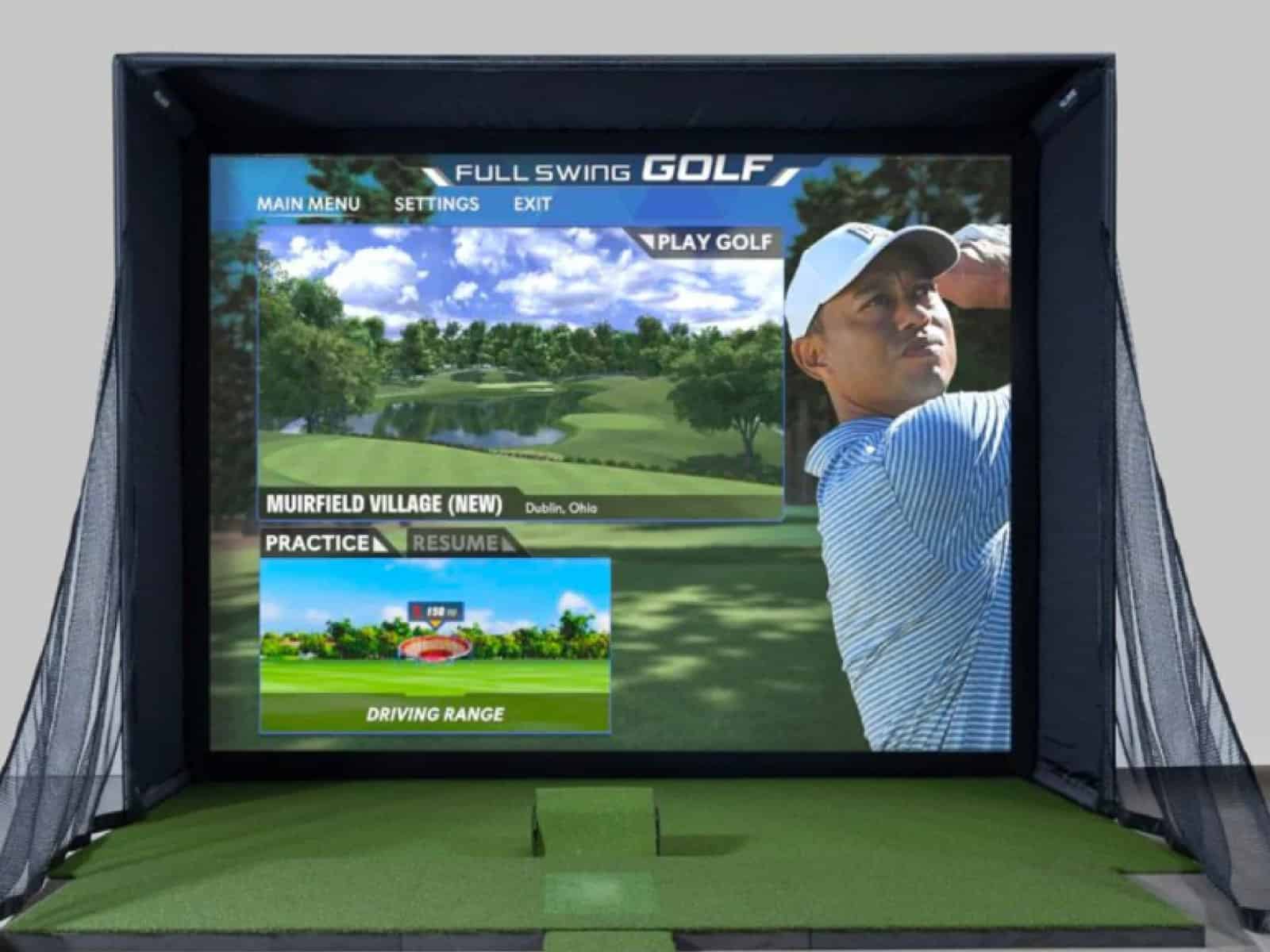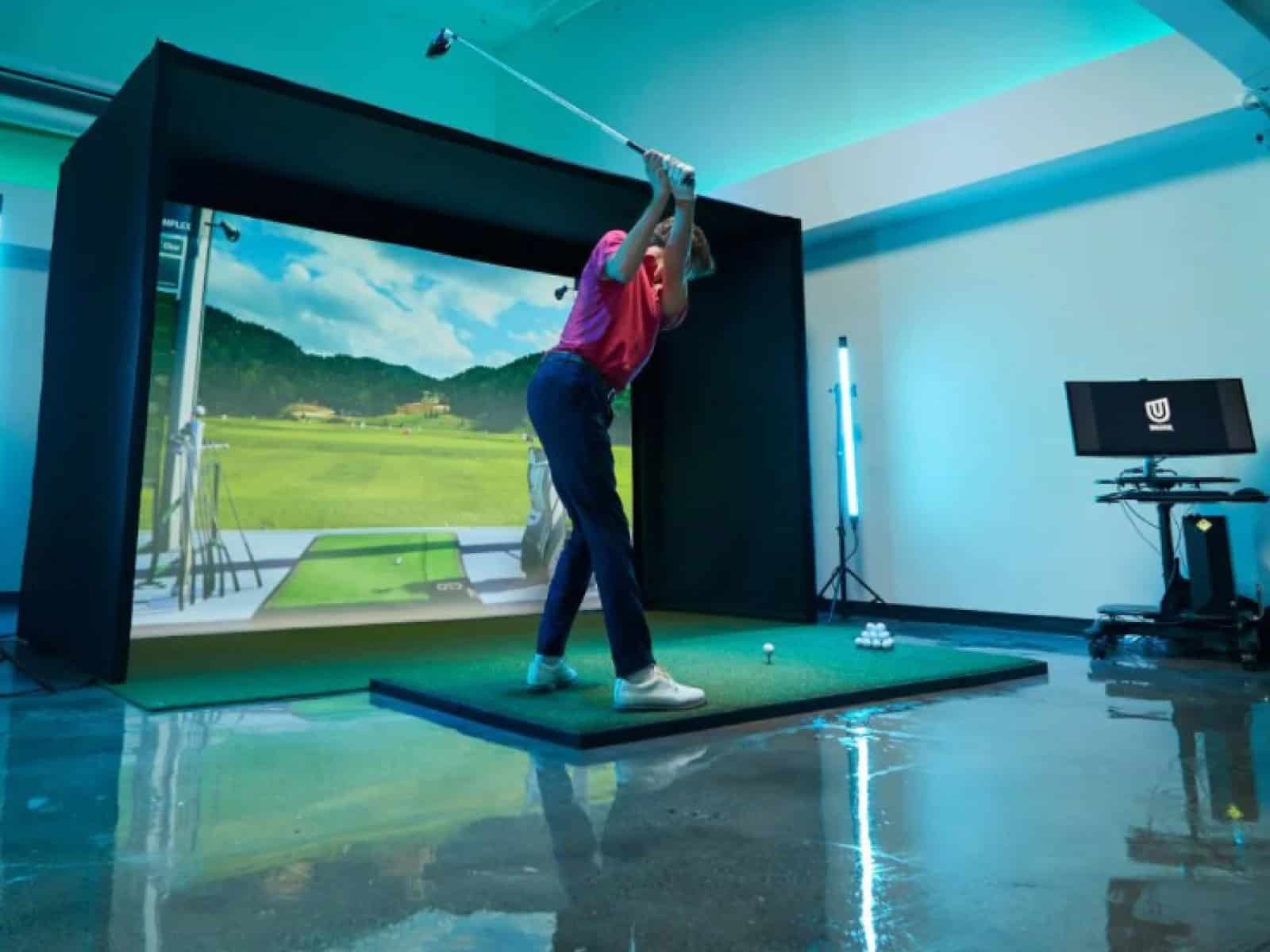For entrepreneurs and investors, indoor golf simulators represent an exciting business opportunity. With the right business model and execution, golf simulator venues can be highly profitable. They appeal to a broad demographic of golfers, generate repeat business, and provide unique entertainment and event options. While the upfront costs of starting a golf simulator business can be significant, the potential returns make it an attractive prospect.
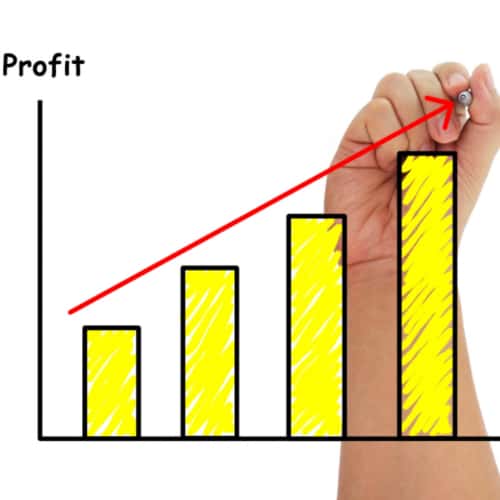
This article will explore the profitability potential of the golf simulator business model in depth. It will analyze the initial investments required, examine diverse revenue streams, and highlight what it takes to build a financially successful indoor golf enterprise. Key factors like location selection, customer experience, marketing, and competitive differentiation will be discussed. Through detailed financial modeling and industry benchmarks, the profit margins and earnings potential of this business will be quantified.
Keep reading for the details!
Revenue Streams and Profit Potential
Indoor golf simulator businesses have multiple potential revenue streams that can drive profitability. The primary sources of revenue include hourly bay fees, golf rounds packages, coaching and lessons, events, and food and beverage sales.
Golf simulators typically charge customers on an hourly or per-round basis for access to the bays and usage of the simulator software and technology. The hourly rate model is simpler to implement and provides maximum flexibility. Rates usually range from $35 to $50 per hour per bay. Per-round packages can also be offered, though this requires more complex tee time management.
Maximizing Profits Through Hourly Rates

Hourly bay fees are a major revenue driver for this type of business. Setting an optimal per-hour rate and maximizing booking utilization is key to profitability. Differential pricing can be implemented during peak and non-peak times to maximize profit. Packages with bulk hourly credits and loyalty programs also encourage customer retention.
The profitability of the hourly rate model benefits from the ability for customers to share bays and split the cost. If a bay is booked for 2 hours at $50 per hour, by 4 golfers at $12.50 each, the profitability per customer is higher. Multiplayer experiences also enhance enjoyment.
Maximizing hourly bay bookings during all operating hours is critical to generate strong revenues from the hourly rate model. Online booking, dynamic pricing, targeted promotions when demand is low and ensuring a quality customer experience to drive repeat business all help increase hourly utilization.
Revenue From Food and Beverage

Food and beverage (F&B) sales represent a major additional revenue stream for golf simulator businesses. A well-equipped cafe, bar and kitchen facilities allow customers to purchase food and drinks on the premises. This has a significant impact on profit margins.
The average customer spend and duration of stay are considerably increased when F&B is available on site. Impulse food purchases like snacks and drinks have high margins. Providing an appealing range of refreshments makes the golf simulator experience more immersive and social.
Customer Acquisition and Retention
Attracting and retaining customers is critical for the success of any golf simulator business. An effective marketing strategy along with providing an exceptional customer experience are key factors to drive profitability.
Marketing Strategies
There are a few things you can do to ensure your marketing campaign will be successful; these include the following:
- Social media marketing provides an opportunity to highlight the unique experiences and community available at the golf simulator venue.
- Search engine optimization ensures the business website ranks highly for relevant searches like “golf simulators [city]”
- Partnerships with local golf courses, country clubs and hotels provide a stream of referrals from golfers.
- Promotions like discounted hours, contests and giveaways help acquire new customers from the local community.
Optimizing the Customer Experience
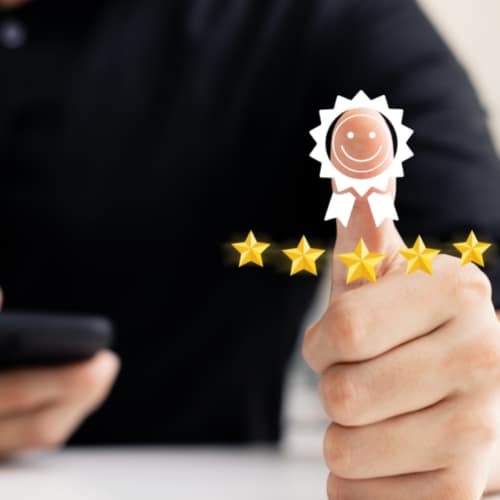
In order to provide the best experience possible for your customers, try to do the following:
- Provide state-of-the-art golf simulator equipment and realistic, lag-free software to ensure an immersive experience.
- Include comfortable, upscale lounge areas that allow customers to relax between rounds.
- Your staff should be knowledgeable golf enthusiasts focused on customer service.
- Food and drinks ordered from the on-site restaurant/bar should be quickly delivered.
- Do your best to have flexible booking and cancellation policies to reduce customer friction.
Customer Retention Strategies
The most important thing for a profitable business is keeping customers and having them come back after their initial visit, and you can achieve this through different strategies:
- Membership packages and loyalty programs provide discounts for regular customers.
- League nights and regular tournaments encourage repeat visits.
- Multi-round packages offer bulk discounts to keep customers returning.
- Corporate events deliver consistent bookings and exposure to new customers.
- Customer feedback is actively gathered and improvements are made based on reviews.
Profitability Analysis and Benchmarks

Performing detailed financial modeling and analysis is key to determining the profitability potential of a golf simulator business. Profit margins vary significantly based on the number of simulators, total costs, pricing models, and operational efficiency.
Costs and Breakeven Analysis
Before embarking on the adventure of owning a golf sim business, you need to make all the calculations to know exactly how much you need to invest and how long it will take for you to make your return on investment.
The upfront cost per commercial simulator bay can range from $50k to $75k when accounting for equipment, construction, software, etc.
Bear in mind monthly expenses that include rent, labor, utilities, maintenance, marketing, and cost of goods sold. With 6 simulator bays, hourly pricing of $40, and strong utilization, the breakeven point is approximately 9 months. Of course, these are just estimations, and the duration can be longer or shorter based on the amount of money spent, the prices of the packages you use and the set hourly fees (which can all be different from our example).
Profit Drivers and Benchmarks
After making your return on investment, you should be thinking about making profit out of your investment. Profitability usually increases dramatically with higher bay utilization rates due to the fixed costs. Also, food and beverage sales contribute significantly to profit margins, with alcohol in particular driving strong incremental revenue.
Think about optimizing hourly pricing by time of day and peak demand periods. For instance, charge higher rates during weekends and hours of higher demand (like evenings), as opposed to other days of the week and hours with poor demand (costing lower hourly rates).
With all that in mind, you should remember that top performers typically generate over $500k gross annual revenue per bay with healthy profit margins. Multiply the revenue by the number of bays you have, and you get yourself a successful and highly profitable business!
Business Model Comparisons
On profitability metrics like net margin and return on investment, golf simulators outperform other entertainment concepts like mini golf. While the upfront investment is larger, golf simulator businesses have higher per-customer revenue potential and typically stronger year-round demand.
In addition, the premium experience of golf simulators allows for higher pricing power vs. other recreational attractions. This is mainly due to the advanced high tech involved in making and running golf sims.
How Can Location Help Make Your Business More Profitable?
You’ll want to be accessible to your target market. Golf simulator businesses thrive in areas with lots of golfers, so look for locations near golf courses, country clubs, affluent neighborhoods, or recreational areas frequented by golf enthusiasts. Proximity to these golfing hubs will make your business more visible, convenient, and top-of-mind for golfers looking to practice and play simulator rounds.

Convenience is key, so easy accessibility, parking availability and transportation routes to your location should be evaluated. Being off the beaten path or hard to access can deter customers. Signage visibility and opportunities for streetfront exposure are also ideal.
Commercial spaces near retail, dining and entertainment can also draw in more casual golfers looking for a fun activity. High foot traffic areas, shopping centers or mixed-use developments will bring in walk-in customers, so look for storefronts in active lifestyle districts.
Compliance with local zoning regulations and permitting requirements is essential, so consult with business advisors and government agencies early in your location search. Some areas may have restrictions on recreation or entertainment businesses.
Do your due diligence – study area demographics, foot traffic, competition, parking, safety, local attractions, and community culture to inform your site selection. The right location can be the difference between thriving and struggling, so take the time to make an informed, strategic choice.
Conclusion
Golf simulator businesses represent an attractive entrepreneurial opportunity given the rising popularity of indoor golf, sizable addressable market, and profit potential. However, success is contingent on executing the business professionally and developing a sustainable competitive advantage.
Current industry trends point to continued growth in demand for immersive indoor golf experiences. Golf simulator technology will also keep advancing in terms of realism, analytics and social features. For entrepreneurs who can capitalize on this evolving market, the profit outlook is promising.
Ultimately, profit potential from golf simulator businesses can only be realized through meticulous planning, substantial early investment, outstanding operations, customer-centricity, and constant innovation.
If you have any questions, feel free to contact us.
Thanks for reading!

